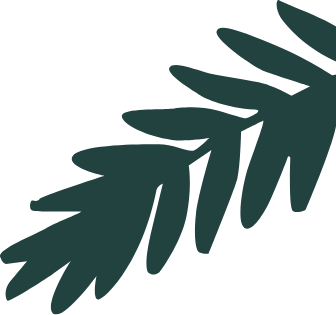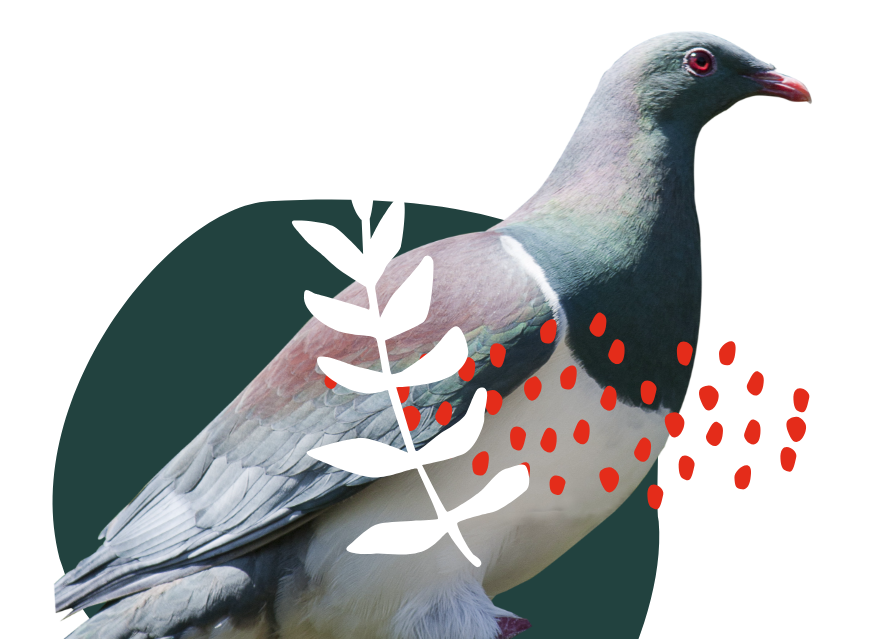While our priority is protecting and enhancing Whangārei’s native biodiversity, there are lots of other exciting conservation projects happening around New Zealand that are encouraging kaitiakitanga and looking after our beautiful country for future generations! Here are a few conservation groups and projects underway throughout the country that are worth getting behind.
Arawai Kākāriki Wetland Restoration
Meaning “Green Waterways”, Arawai Kākāriki is the Department of Conservation’s (DOC) wetland conservation programme leading the restoration on five different wetland sites. New Zealand was once covered by 2.4 million hectares of wetlands, 90% of which have now been cleared or drained. The remaining 10% are under threat due to climate change, pests and land use.
Some of Arawai Kākāriki’s ongoing projects include vegetation restoration, monitoring lake ecosystem health and investigating drainage impacts on various wetlands. DOC has a stretch goal of having 50 freshwater ecosystems restored “mountains to the sea” by 2025.
Kea Conservation Trust
Kea are an endangered species endemic to the Southern Alps. As ‘alpine seed distributors’ and the world’s only alpine parrot, the conservation of these charismatic creatures is extremely important. The Kea Conservation Trust was set up to protect wild kea in their natural habitats and increase the living standards of kea kept in captivity, ensuring them a sustainable future.
The trust has successfully completed many projects in the past, but they are currently working on three field projects. These include monitoring threats to kea in the Matukituki Valleys and monitoring kea in the Stuart Mountains & Murchison Mountains in Fiordland.
Coastal Restoration Trust of New Zealand
The Coastal Restoration Trust is an organisation working hard to restore New Zealand’s coastal ecosystems. Around 1100km of New Zealand’s coastline is occupied by sand dunes, making them an important part of our daily lives. Sand dunes provide a natural barrier to the destructive forces of wind, waves, coastal storms and beach erosion. Unfortunately, our dunes are currently being degraded by a combination of pests, new developments and the destruction of sand binding plants.
One of the projects the Coastal Restoration Trust is currently working on is restoring a native forest coastal sequence in Tūhaitara Coastal Park. The project involves “replacing logged pines and marginal pasture with foredunes of sand binders, mid-zone coastal shrublands, wetlands and lagoons, and landward coastal podocarp forest.”



